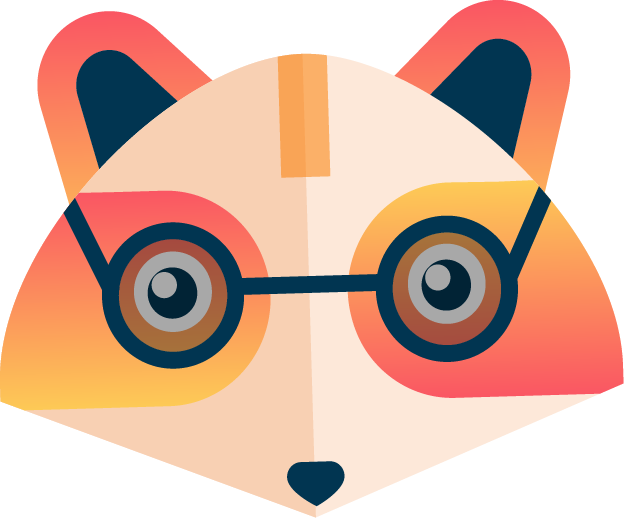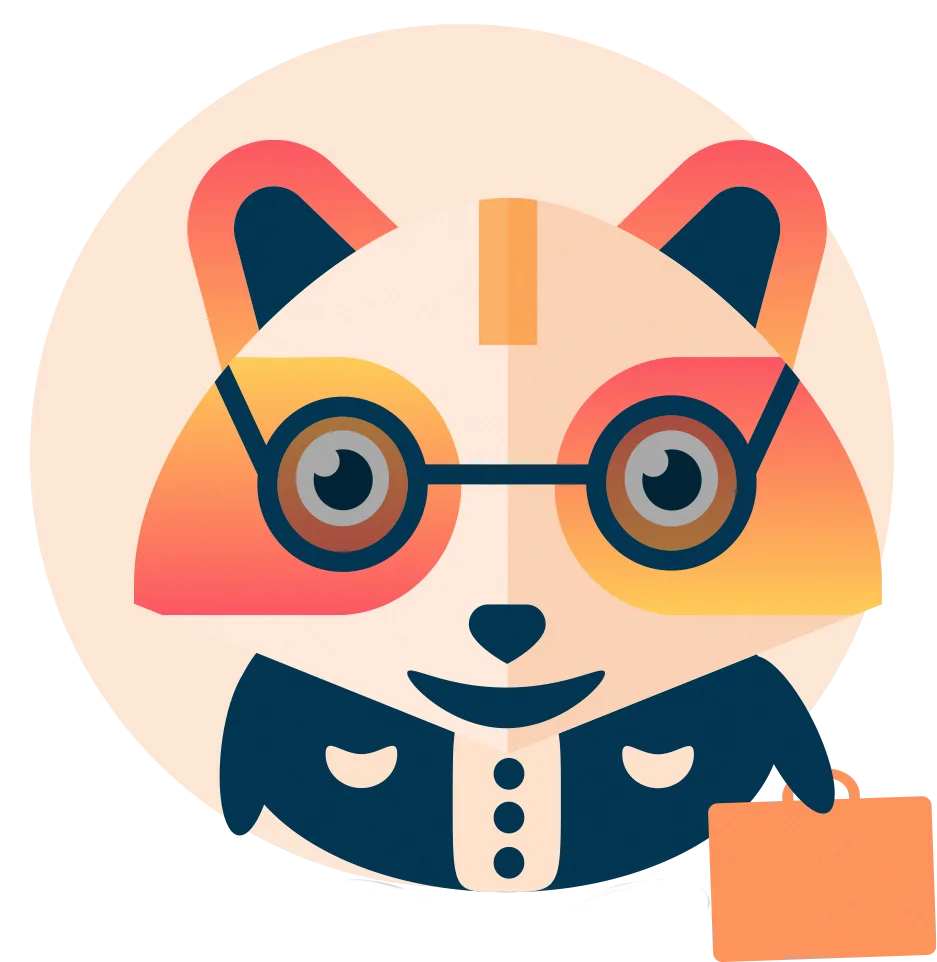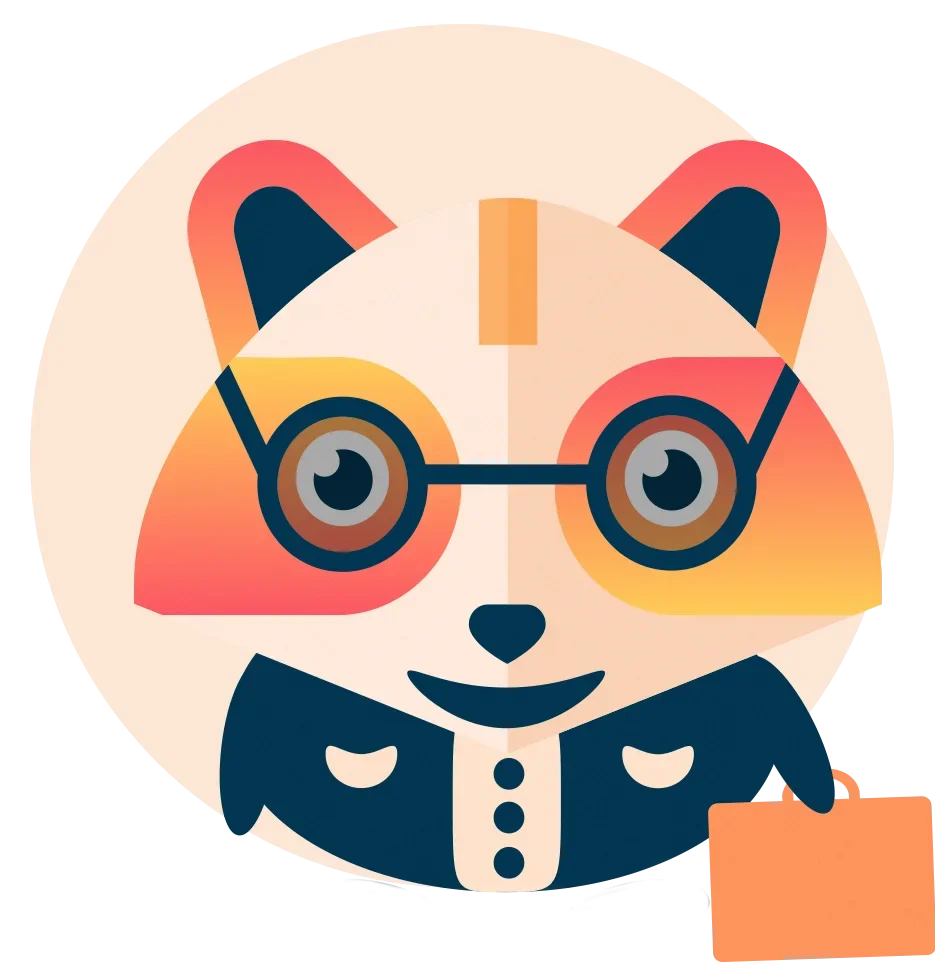Interior Designer Interview Questions: Create a Welcoming Interview Space (2025 Guide)


Practice unlimited interviews for free with Huru.ai — get instant AI feedback and build real confidence!
Why the Interview Environment Matters for Interior Designers
In interior design, the interview is more than a Q&A session — it’s a live demonstration of your awareness of space, aesthetics, and human experience. The environment in which you interview shapes first impressions, sets emotional tones, and can either empower or unsettle candidates. For both employers and candidates, the setup of the interview space is your first design challenge.
- Warm, inviting spaces encourage open dialogue and creativity.
- Functional layouts enable easy portfolio or screen sharing.
- Thoughtful lighting and décor subtly reflect company values.
- Even remote interviews can convey professionalism through digital backgrounds and camera framing.

Top Interior Designer Interview Questions (and How to Answer Them)
Whether you’re a graduate or seasoned design pro, anticipate these must-answer questions — and discover how a welcoming interview setting can help you deliver standout responses. Practice these with a platform like Huru.ai for instant, actionable feedback!
| Common Question | What Interviewers Are Really Asking | How to Stand Out |
|---|---|---|
| Can you walk me through your design process? | Do you think strategically and follow a clear methodology? | Reference a recent project, highlight client collaboration, and mention how you tailor spaces to their unique needs. |
| How do you handle challenging clients or feedback? | Are you adaptable and diplomatic? | Describe a situation where you turned criticism into a creative pivot. Emphasize empathy and communication. 😊 |
| What design trend excites you in 2025? | Are you future-focused and plugged into the industry? | Mention sustainable materials, biophilic design, or smart home integration. Relate it to your portfolio if possible. |
| How do you balance aesthetics and functionality? | Can you prioritize the user experience? | Offer examples from previous work where you solved spatial challenges without sacrificing style. |
| Describe a time you worked within a tight budget. | Are you resourceful and practical? | Share cost-saving strategies (repurposing, sourcing), but emphasize client satisfaction and creativity. |
For a deeper dive into niche design roles, check out UX/UI Designer Interview Questions or Fashion Designer Interview Questions.
💡 Key Takeaway
Interviewers want to see your eye for design in action. The way you present yourself, your portfolio, and even your interview background speaks volumes about your style, organizational skills, and attention to detail.
Setting the Scene: How to Create a Welcoming Interview Space
A thoughtfully curated interview space can boost confidence and set the stage for creative conversation. Here’s how to design an environment — physical or virtual — that sets everyone at ease and highlights your professionalism as an interior designer.
- Lighting: Use natural light if possible; avoid harsh overheads. Soft, adjustable lamps can add warmth and comfort.
- Seating: Choose comfortable, supportive chairs arranged to encourage eye contact without intimidation.
- Color Palette: Opt for calming, neutral tones with a pop of color that reflects your brand or the company’s identity.
- Decor Elements: Style with plants, curated artwork, or clean mood boards — nothing cluttered, nothing overwhelming.
- Tech Setup: For virtual interviews, ensure your background is uncluttered, well-lit, and subtly branded.
- Portfolio Ready: Have physical samples or digital slideshows accessible for instant sharing. Practice presenting them smoothly.
Pro Tip: For remote interviews, platforms like Huru.ai enable you to simulate the experience, fine-tune your camera angle, and get AI-powered feedback on your non-verbal presence.
💡 Key Takeaway
The interview space is your silent ambassador. Use design elements that reinforce your professional identity and put both you and your interviewer at ease.
How AI-Powered Practice Prepares You for Success
Modern interviewers expect more than rehearsed answers; they’re reading your body language, creativity, and even your use of space. With Huru.ai, you can:
- Practice unlimited interviews and get instant, actionable feedback on your responses and communication style.
- Receive detailed analytics, including filler word count, answer length, and non-verbal cues.
- Simulate real interview environments (physical or virtual) to perfect your presence and storytelling skills.
- Pinpoint areas for improvement and track progress over time — building genuine confidence for the big day!
Discover how graphic designers and web designers are leveraging Huru.ai for interview mastery.
💡 Key Takeaway
With Huru.ai, you’re not just preparing answers — you’re mastering the art of the interview. Practice in realistic environments and walk in with unshakeable confidence!
FAQs: Interior Designer Interviews & Welcoming Spaces
A: Always bring a well-organized portfolio (physical/digital), a notebook, and a pen. If it’s virtual, make sure your device is charged and your internet connection is stable. Bonus points for a small, unique sample or mood board!
A: Use a neutral backdrop with good lighting and add a small, meaningful piece of décor. Frame your face at eye level and remove distractions. Test your AV setup beforehand.
A: Let your portfolio tell your story, but also infuse your personality into your presentation style, wardrobe, and even your background if it’s virtual. Professionalism + subtle creativity is key!
A: It signals your understanding of human experience and spatial psychology — core skills for any interior designer. An inviting space calms nerves and sparks more authentic dialogue.
Watch: Pro Tips for Interior Design Interview Success
See how industry experts approach portfolio presentation, answer tough questions, and present themselves with confidence in this in-depth video guide:
Video: Best advise for Interior designer job interview (by Mia)
Video: Crack Your Next Design Job interview | Step By Step Guide (by YourInteriorSpace)
💡 Key Takeaway
The best interviews blend professional preparation with a welcoming, thoughtful space. Use every tool — from your design sense to AI practice — to make your next interview your masterpiece.
About the Author
Elias Oconnor is a seasoned content writer at Huru.ai, specializing in career development and AI-powered interview coaching. Elias’s mission is to empower creatives to land their dream roles with confidence, clarity, and actionable strategies. Connect with Elias through the Huru.ai platform for more expert insights.


 Jul 11,2024
Jul 11,2024  By Elias Oconnor
By Elias Oconnor